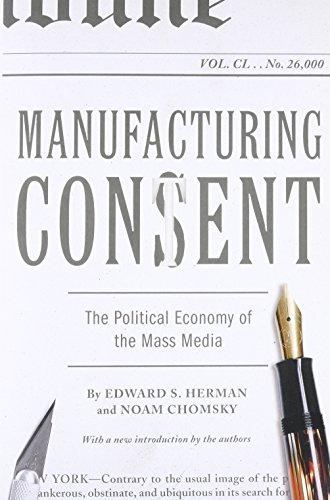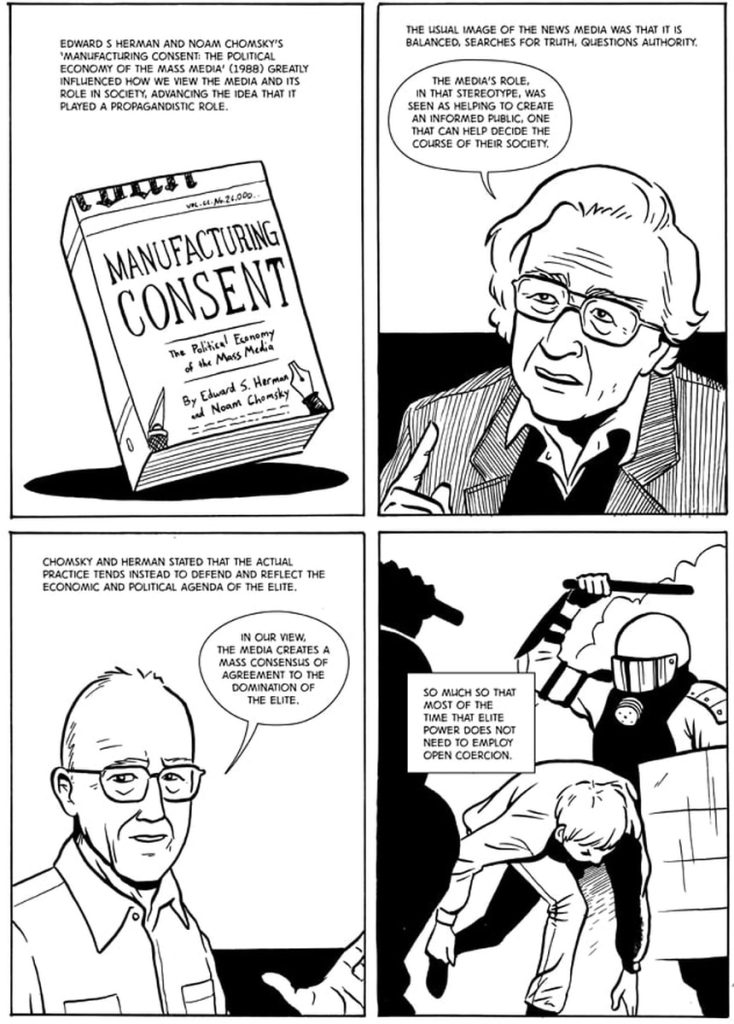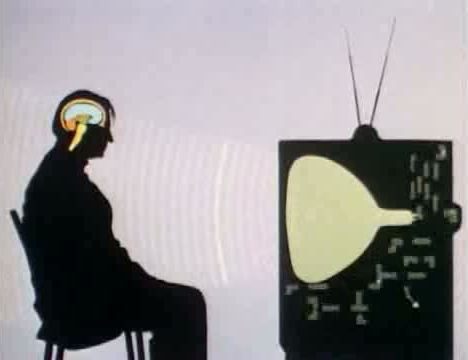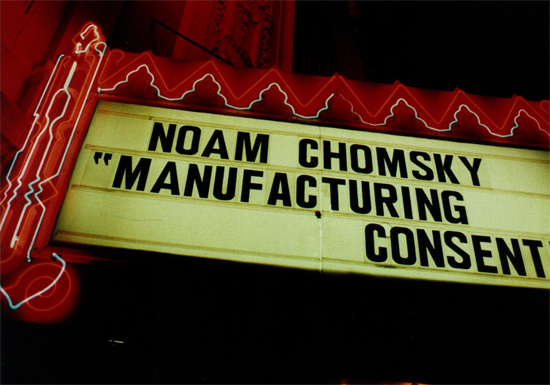In today’s era of information deluge, the influence of the media is increasingly huge. However, we inevitably discover that the so-called “media fabrication” is not accidental, but through a series of cleverly designed filters. This theory, dubbed “Manufacturing Consent” by sociologists Noam Chomsky and Edward Hellman, emphasizes how the media can influence public opinion through specific mechanisms.
First, it is worth noting the existence of the five major filters. The first is media ownership, in which the dissemination of information is controlled by a small number of individuals or companies that control a large number of media resources. For example, the ownership of multinational media giants such as News Corporation or the Walt Disney Company influences the focus and attitude of news coverage.

The second filter is advertising dollars, which media often rely on from advertisers to stay afloat. This affects the selection and presentation of news content, as media outlets do not want to offend the advertisers who support them. For example, if a car manufacturer is a major advertising sponsor, the media may avoid reporting too much negative information about the auto industry.

The third filter is source dependence, with the media often tending to rely on specific sources that may be influenced by specific political or business forces. An obvious example is the statements of government officials, which can be over-quoted by the media without in-depth critical analysis.

The fourth filter is the limitations of media specialization and professionalization, where journalists have specific training and backgrounds within their field of expertise, which can lead to blind spots in their handling of certain topics. For example, a financial journalist may be more inclined to cover events from an economic perspective and ignore the social or environmental aspects.

Finally, the fifth filter is the border between anti-consensus and anti-establishment. In some countries, the media is monitored by the government or other authorities, which can lead to a phenomenon of self-censorship in which the media avoid reporting information that may be controversial or unfavourable to the authorities.

Therefore, a deeper understanding of these five filters helps us to gain a sharper understanding of the mechanisms behind the media and to view information with a more rational and independent eye. In this age of information overload, developing critical thinking about the media is crucial.


Great blog post! I liked the fact that you talked about the five filters and explained them but there could be some more information on the filters so we can get a better understanding of it.Who do you think controls the media and chooses what information goes out to the general public?